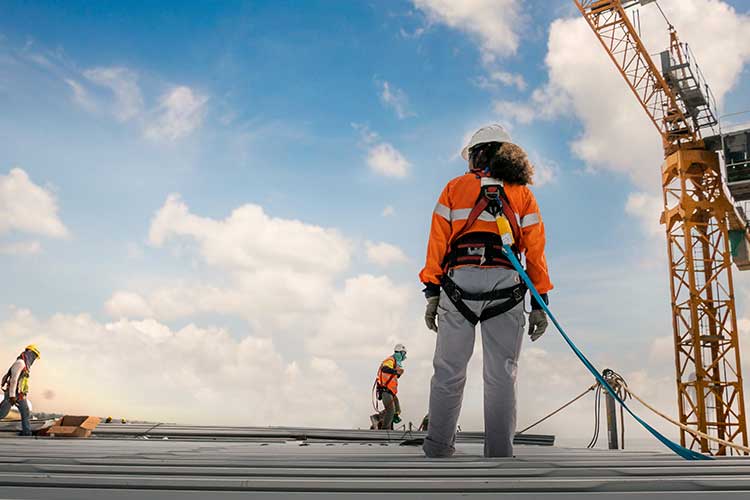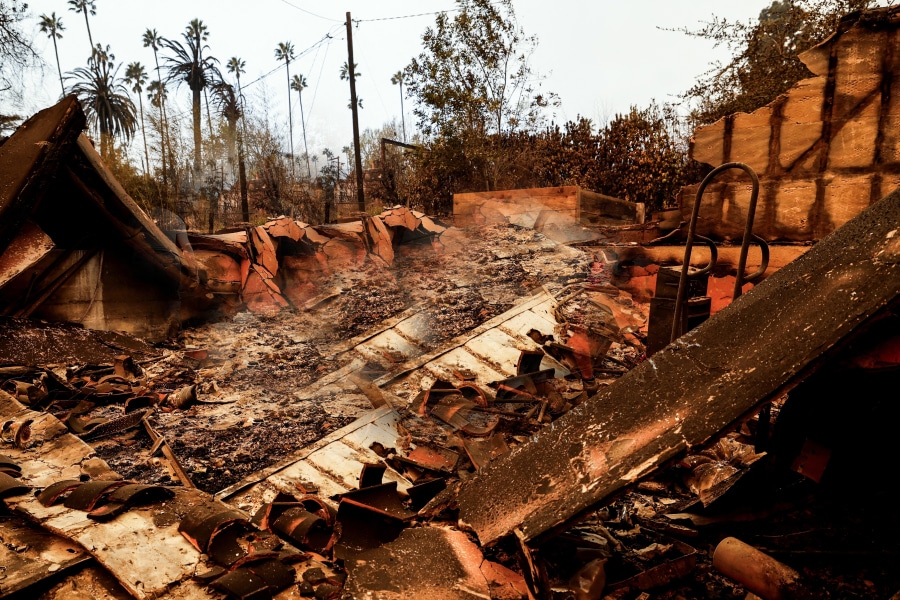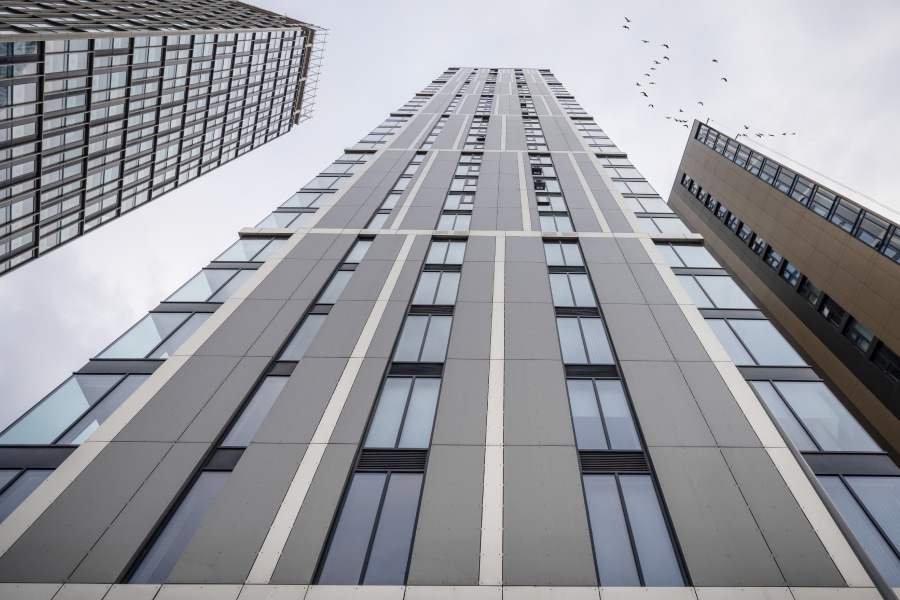As the COVID-19 pandemic continues, countries like Australia and Taiwan are beginning the slow process of re-opening their economies after successfully undergoing comprehensive national lockdowns.
Although infection rates remain high in the United States, some states like Texas and Georgia, among others, are following suit and re-opening portions of their economies, with others close behind.
With public life slowly returning to a “new normal,” construction-industry professionals are beginning to look forward to what work life might be like in a post-COVID world.
“The industry is being proactive in instituting changes on an unofficial level, with new standards for best practices or the things that we do regularly on jobsites worldwide,” said Dr. Somik Ghosh, professor of construction science at the University of Oklahoma.
Here are three things construction industry experts predict will be part of the new normal when the industry fully returns.
Safety: back to basics
For Ghosh, construction after COVID-19 will likely feature an increased focus on the basics of safety and sanitation.
“We’ll see a new emphasis in construction education on things like the cleanliness of the jobsites and keeping the workplace sanitized,” Ghosh said. “In the near future, I believe we’ll see regular sanitization become a common practice.”
As the industry looks to prevent transmission and reduce worker exposure, Ghosh said that a focus on cleanliness will help construction firms minimize the dangers of in-person construction work.
“OSHA has a hierarchy of accident control that can help organize response to situations like a disease outbreak,” Ghosh said, “and while PPE is the least effective method of prevention, it’s a good first step before implementing steps like engineering controls.”
Jack Dennerlein, co-director of Harvard’s Center for Work, Health and Wellbeing, said that worker access to safety equipment and management tools will help increase a sense of personal agency and allow frontline construction workers to help ensure jobsite safety.
“When we look at issues of safety, we have to remember personal agency,” Dennerlein said. “When someone’s out in the field, they have a choice of setting up their workstation safely and using the right PPE or taking a shortcut.”
Education and an emphasis on worker responsibility can help ensure workers do the right thing and make choices that will support their own health and safety as well as the safety of their team.
“Understanding what influences those decisions is really key,” Dennerlein said. “We need to help frontline workers think about how they might be putting other people at risk when they make incorrect safety judgements. This kind of education can change the whole community at a larger level, which is why our approach is to make that connection so there is opportunity for the frontline worker.”
Off-site work: the new normal?
In addition to ramping up on-site safety standards, many construction firms will increasingly take work off site. In states like New York and New Jersey, where essential construction work has re-started, social distancing has been vital to getting construction workers back on the job. This might mean workers returning to the jobsite on extended hours to decrease the amount of on-site employees, as is being done in Australia, as well as an increase in off-site fabrication.
“The more we are prefabricating, the more work that could be happening simultaneously in a factory-like setting and then brought to the site and installed,” said Kristin Hill, director of educational programming at the LEAN Construction Institute. “And it can happen much more rapidly when we’re doing cross-discipline prefabrication.”
Increasing off-site prefabrication not only speeds up the construction process, limiting the time window of worker exposure, but it also means that trade specialists can oversee the fabrication of off-site components in a discrete factory setting, eliminating the possibility of cross contamination between workforces.
More Remote Work
Cybersecurity experts like Brian Chancey of the Scarlett Group predict that the crisis might cause companies to reconsider their attitude toward remote work.
“Perhaps the biggest advance we have seen in the few short months since this lockdown began was the amazing boost in worker efficiency when forced into remote operations,” Chancey said. I believe that many firms were concerned that their employees would adapt poorly to remote work.”
“While the social aspect of the workspace may be different,” Chancey continued, “we have nearly unanimous feedback that the transition has been smooth and workers are happier than ever to be working from home. Hopefully, this event served as a wake-up call to industries that were afraid to let their workers go remote. The benefits of working from home greatly outweigh the negatives.”
As the industry adapts to a post-COVID world, Chancey said he believes much of the critical work of construction will continue to happen away from jobsites.
“The future is anybody’s guess,” Chancey said, “but many experts predict a ‘new normal’ that includes a longer-term shift toward working from home or remote work.”











